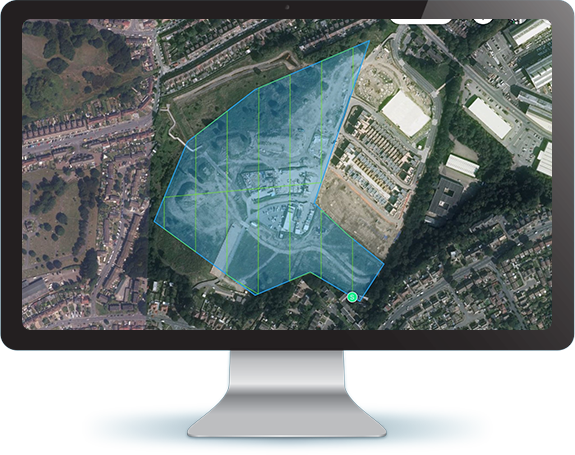

An Aerial photograph, in broad terms, is any photograph taken from the air. Normally, air photos are taken vertically from an aircraft using a highly accurate camera. Aerial photography records the ever-changing natural features on the Earth's surface.

We have successfully prepared 3D maps of several international areas like Oman, Orchy, Morar, Sidar, Carlabhagh and Iran. In India, we have prepared 3D maps of Ambala, Bangalore, Chennai, Jammu & Kashmir, Selapass, Nizamabad and many other areas.

The basic advantages that an aerial photograph has over a ground-based observation are:


